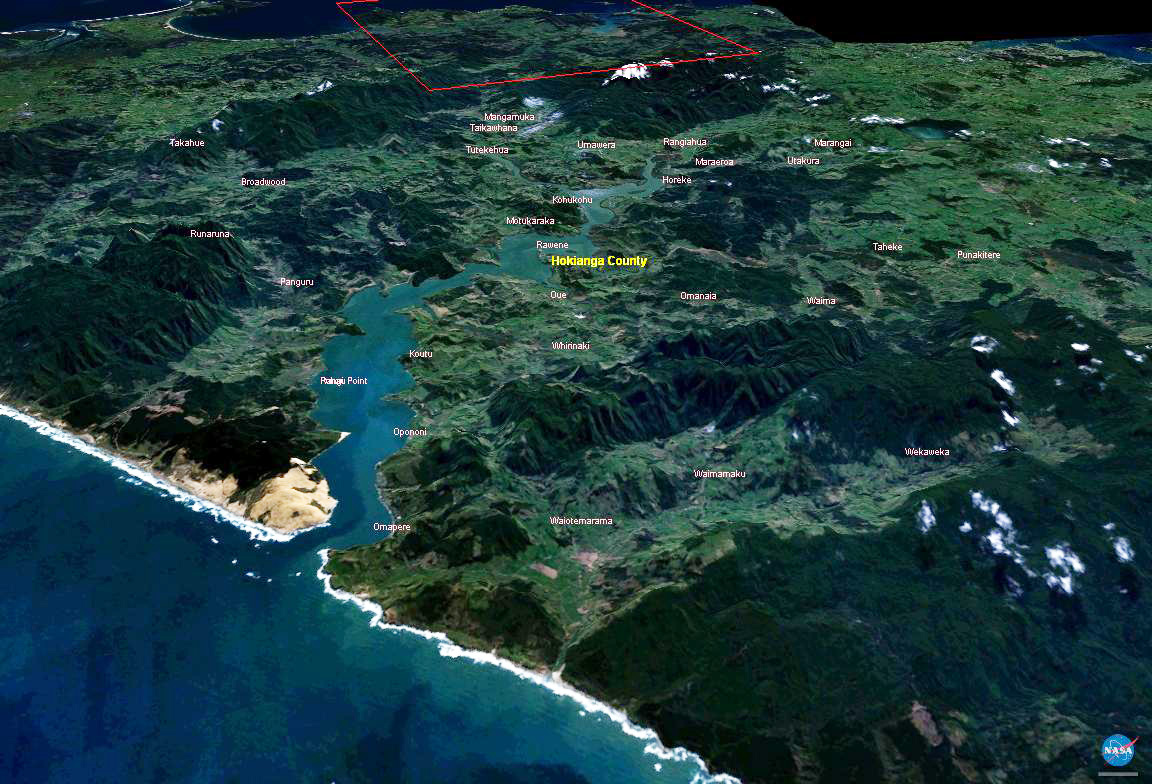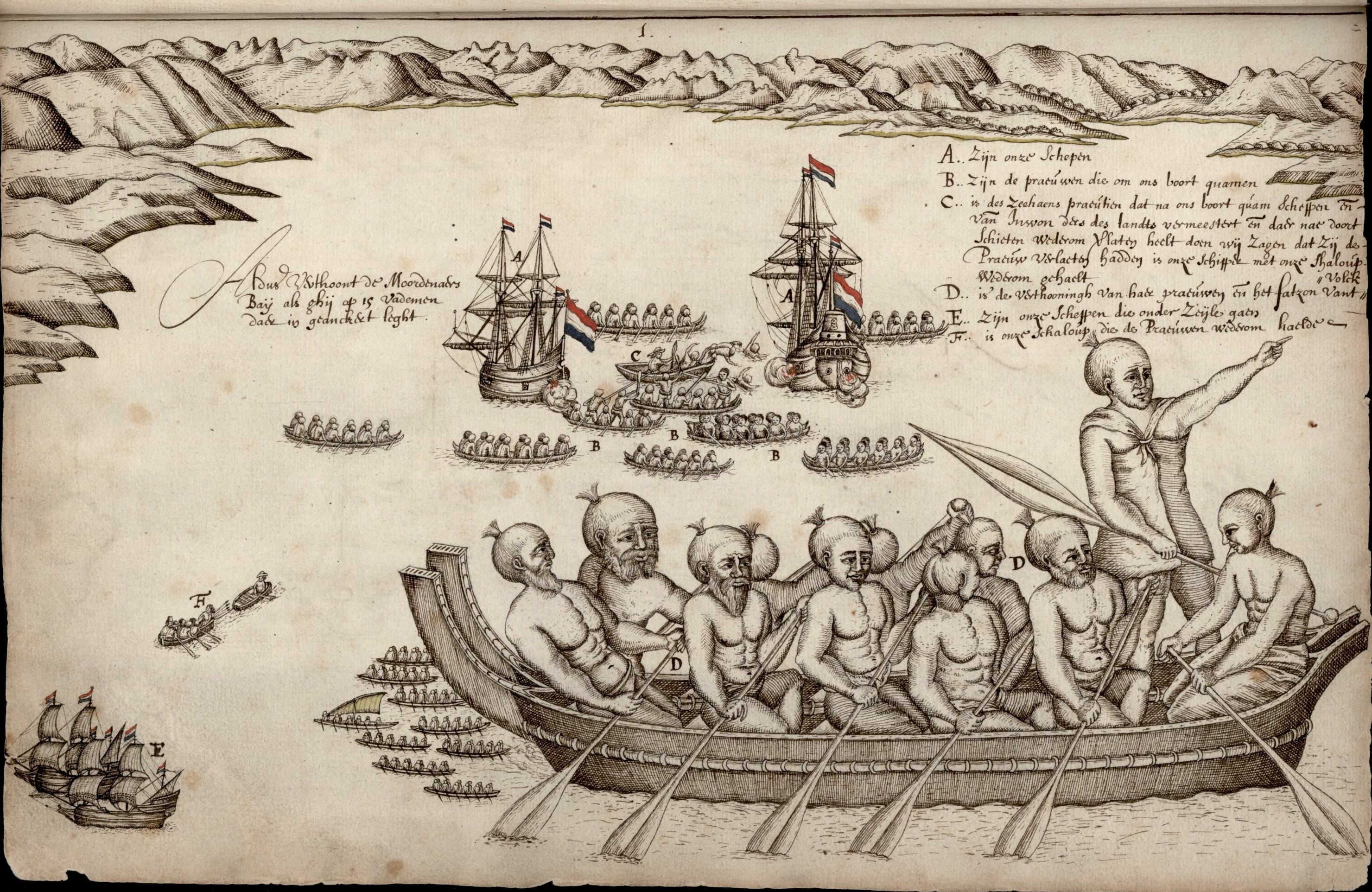|
Māmari
In Māori tradition, ''Māmari'' was one of the great ocean-going, voyaging canoes that was used in the migrations that settled New Zealand. ''Māmari'' was the third waka to arrive with the tangata Ruanui. The traditions of the ''Aotea'', ''Horotua'' and ''Māmari'' waka mention that kiore (rats) were passengers on their voyages to New Zealand. Carvings on a window frame of Te Ohaki Marae in Ahipara depict the story of Ruanui's kiore. When he arrived into the Hokianga Harbour, he released them onto an island called Motukiore (rat island). See also *List of Māori waka This is a list of Māori people, Māori (canoes). The information in this list represents a compilation of different oral traditions from around New Zealand. These accounts give several different uses for the waka: many carried Polynesians, Poly ... References Māori waka Māori mythology {{Maori-myth-stub ... [...More Info...] [...Related Items...] OR: [Wikipedia] [Google] [Baidu] |
Te Aupōuri
Te Aupōuri is the second northernmost Māori iwi (tribal group), located north of Kaitaia, Northland, New Zealand, a region known as the Te Hiku o te Ika. The iwi is one of the six Muriwhenua iwi of the far north of the North Island. The iwi of Te Aupōuri have their primary turangawaewae at Te Kao at the southern end of the Pārengarenga Harbour, with Te Oneroa-a-Tōhē (Ninety Mile Beach) to the west and Tokerau ( Great Exhibition Bay) to the east. Te Aupōuri describe the core area in which they have customary rights and associations, of varying types and nature, as running from Ngāpae in the south-west, east to Ngātū and Waipapakauri Stream, north to the mouth of the Rangaunu Harbour, to Motu-puruhi and Te Rākau-tū-hakahaka (Simmonds Islands) and north to Muri-motu (North Cape), west to Te Rerenga Wairua (Cape Reinga), encompassing Oromaki, Manawa-tāwhi, Moe-kawa and Ohau (Three Kings Islands), south to Motu-o-Pao (Cape Maria van Diemen), to Kahokawa (Scotts Point ... [...More Info...] [...Related Items...] OR: [Wikipedia] [Google] [Baidu] |
Te Rarawa
Te Rarawa is a Māori iwi of Northland, New Zealand New Zealand () is an island country in the southwestern Pacific Ocean. It consists of two main landmasses—the North Island () and the South Island ()—and List of islands of New Zealand, over 600 smaller islands. It is the List of isla .... The iwi is one of six Muriwhenua iwi of the far north of the North Island. Rūnanga and marae Te Rarawa has 23 foundation marae: *Korou Kore Marae, '' Ahipara'', represents the hapū of Ngāti Moroki. *Mātihetihe Marae, '' Mitimiti'', represents the hapū of Te Tao Māui and Te Hokokeha. *Morehu Marae, Ōhaki Marae and Taiao Marae, ''Whāngāpe Harbour'', represent the hapū of Te Uri o Tai. *Motutī Marae, ''Hokianga Harbour'', represents the hapū of Ngāti Te Maara, Te Kaitutae, Ngāī Tamatea, Te Waiariki, and Ngāti Muri Kāhara. *Ngāti Manawa Marae, '' Panguru'', represents the hapū of Ngāti Manawa, Waiāriki and Te Kaitutae. *Ōwhata Marae, ''Ōwhata Harbour'', r ... [...More Info...] [...Related Items...] OR: [Wikipedia] [Google] [Baidu] |
List Of Māori Waka
This is a list of Māori people, Māori (canoes). The information in this list represents a compilation of different oral traditions from around New Zealand. These accounts give several different uses for the waka: many carried Polynesians, Polynesian migrants and explorers from Hawaiki to New Zealand; others brought supplies or made return journeys to Hawaiki; was said to be lost at sea. List of waka See also *Māori migration canoes *List of Māori iwi *Lists of marae in New Zealand References * {{DEFAULTSORT:List of Maori waka Māori waka, Māori-related lists, Waka Polynesian navigation ... [...More Info...] [...Related Items...] OR: [Wikipedia] [Google] [Baidu] |
Hokianga Harbour
The Hokianga is an area surrounding the Hokianga Harbour, also known as the Hokianga River, a long estuarine drowned valley on the west coast in the north of the North Island of New Zealand. The original name, still used by local Māori, is ''Te Kohanga o Te Tai Tokerau'' ("the nest of the northern people") or ''Te Puna o Te Ao Marama'' ("the wellspring in the world of light"). The full name of the harbour is Te Hokianga-nui-a-Kupe — "the place of Kupe's great return". Geography The Hokianga is in the Far North District, which is in the Northland Region. The area is northwest of Whangārei City—and west of Kaikohe—by road. The estuary extends inland for from the Tasman Sea. It is navigable for small craft for much of its length, although there is a bar across the mouth. In its upper reaches the Rangiora Narrows separate the mouths of the Waihou and Mangamuka Rivers from the lower parts of the harbour. 12,000 years ago, the Hokianga was a river valley f ... [...More Info...] [...Related Items...] OR: [Wikipedia] [Google] [Baidu] |
Māori Mythology
Māori mythology and Māori traditions are two major categories into which the remote oral history of New Zealand's Māori people, Māori may be divided. Māori myths concern tales of supernatural events relating to the origins of what was the observable world for the pre-European Māori, often involving gods and demigods. Māori tradition concerns more folkloric legends often involving historical or semi-historical forebears. Both categories merge in to explain the overall origin of the Māori and their connections to the world which they lived in. The Māori did not have a writing system before European contact, beginning in 1769, therefore they relied on oral retellings and recitations memorised from generation to generation. The three forms of expression prominent in Māori and Polynesian oral literature are genealogical recital, poetry, and narrative prose. Experts in these subjects were broadly known as . The rituals, beliefs, and general worldview of Māori society were ... [...More Info...] [...Related Items...] OR: [Wikipedia] [Google] [Baidu] |
Māori Migration Canoes
Māori oral histories recount how their ancestors set out from their homeland in ''waka hourua'', large twin-hulled ocean-going canoes ('' waka''). Some of these traditions name a homeland called Hawaiki. Among these is the story of Kupe, who had eloped with Kūrāmarotini, the wife of Hoturapa, the owner of the great canoe '' Matahourua'', whom Kupe had murdered. To escape punishment for the murder, Kupe and Kura fled in Matahourua and discovered a land he called Aotearoa ('land of the long-white-cloud'). He explored its coast and killed the sea monster Te Wheke-a-Muturangi, finally returning to his home to spread the news of his newly discovered land. Other stories of various Māori tribes report migrations to escape famine, over-population, and warfare. These were made in legendary canoes, the best known of which are '' Aotea'', ''Te Arawa'', '' Kurahaupō'', '' Mātaatua'', '' Tainui'', '' Tākitimu'', and '' Tokomaru''. Various traditions name numerous other cano ... [...More Info...] [...Related Items...] OR: [Wikipedia] [Google] [Baidu] |
New Zealand
New Zealand () is an island country in the southwestern Pacific Ocean. It consists of two main landmasses—the North Island () and the South Island ()—and List of islands of New Zealand, over 600 smaller islands. It is the List of island countries, sixth-largest island country by area and lies east of Australia across the Tasman Sea and south of the islands of New Caledonia, Fiji, and Tonga. The Geography of New Zealand, country's varied topography and sharp mountain peaks, including the Southern Alps (), owe much to tectonic uplift and volcanic eruptions. Capital of New Zealand, New Zealand's capital city is Wellington, and its most populous city is Auckland. The islands of New Zealand were the last large habitable land to be settled by humans. Between about 1280 and 1350, Polynesians began to settle in the islands and subsequently developed a distinctive Māori culture. In 1642, the Dutch explorer Abel Tasman became the first European to sight and record New Zealand. ... [...More Info...] [...Related Items...] OR: [Wikipedia] [Google] [Baidu] |
Kiore
The Polynesian rat, Pacific rat or little rat (''Rattus exulans''), or , is the third most widespread species of rat in the world behind the brown rat and black rat. Contrary to its vernacular name, the Polynesian rat originated in Southeast Asia, and like its relatives has become widespread, migrating to most of Polynesia, including New Zealand, Easter Island, and Hawaii. It shares high adaptability with other rat species extending to many environments, from grasslands to forests. It is also closely associated with humans, who provide easy access to food. It has become a major pest in most areas of its distribution. Description The Polynesian rat is similar in appearance to other rats, such as the black rat and the brown rat. It has large, round ears, a pointed snout, black/brown hair with a lighter belly, and comparatively small feet. It has a thin, long body, reaching up to in length from the nose to the base of the tail, making it slightly smaller than other human-associat ... [...More Info...] [...Related Items...] OR: [Wikipedia] [Google] [Baidu] |
Ahipara
Ahipara is a town and locality in Northland, New Zealand at the southern end of Ninety Mile Beach, with the Tauroa Peninsula to the west and Herekino Forest to the east. Ahipara Bay is to the north west. Kaitaia is 14 km to the north east, and Pukepoto is between the two. History Pre-European settlement The name comes from the Māori language words ''ahi'', meaning fire, and ''para'', a large fern, and can be translated as "a fire at which para was cooked". Prior to the late 18th century, the area was called Wharo, which means "stretched out". That name originated when the chief Tohe ordered a slave to measure the distance the tide had receded, by counting the number of arm-spans from the high water level. European settlement The area was popular with kauri gum-diggers during the late 19th and early 20th centuries. By the 1910s, the kauri gum industry became centred around Ahipara and Houhora. Digging peaked at Ahipara in the 1920s and 1930s, and the area was one of th ... [...More Info...] [...Related Items...] OR: [Wikipedia] [Google] [Baidu] |
Māori Waka
Māori or Maori can refer to: Relating to the Māori people * Māori people of New Zealand, or members of that group * Māori language, the language of the Māori people of New Zealand * Māori culture * Cook Islanders, the Māori people of the Cook Islands * Cook Islands Māori, the language of the Cook Islanders Ships * SS ''Maori'' (1893), a steamship of the Shaw Savill Line, shipwrecked 1909 * , a Royal Navy Tribal-class destroyer, sunk in 1915 * , a Royal Navy Tribal-class destroyer, launched 1936 and sunk 1942 * TEV ''Maori III'', a Union Steam Ship Company inter-island ferry, 1952–74 Sports teams * New Zealand Māori cricket team * New Zealand Māori rugby league team * New Zealand Māori rugby union team Other * ''Maori'', a 1988 novel by Alan Dean Foster * Mayotte Mayotte ( ; , ; , ; , ), officially the Department of Mayotte (), is an Overseas France, overseas Overseas departments and regions of France, department and region and single territorial collecti ... [...More Info...] [...Related Items...] OR: [Wikipedia] [Google] [Baidu] |


